Tomb of Qin Shi Huang has a pomegranate forest full of fruit, but no one dares to eat with the shocking truth behind

1 | 0 Discuss | Share
The Forbidden City is home to many kings in Chinese history, and is now one of the famous historical sites and scenic spots, symbols of China.
Those who have ever set foot in the Forbidden City must be amazed at its majesty and grandeur. Over thousands of years, archaeologists, historians and architects have never ceased to be fascinated by this magnificent work that contains many secrets.
The Forbidden City consists of 980 buildings, 9,999 rooms and has a total area of up to 720,000 m2. The palace in the Forbidden City attests to the luxury of the place where the Emperors of China once lived, while clearly showing traditional Chinese imperial architecture. In the Forbidden City, there is an important room that is still preserved to this day, the Duong Tam Palace. This is where the emperors performed memorial ceremonies and also used as a place to rest and sleep for the night.
Duong Tam Dien was built in the Gia Tinh years of the Ming Dynasty, once the palace of Minh Than Tong. At the beginning of the Qing Dynasty, Emperor Thuan Tri died here. Although it was originally a small palace, Duong Tam Dien gradually became the actual living and working place of the emperors from the Yongzheng period. During the last decades of the Qing dynasty, empresses, including Empress Dowager Cixi, held court in the eastern part of the Yangtze Temple.
Duong Tam Dien has a structure in the shape of the letter Cong - "å·¥" with an electric bill of 3 compartments, an area of about 5,000 m2. The Emperor's throne is placed in the center of the nave, above which is the sign "Trung Chinh Nhan Hoa" written by King Ung Chinh himself. To the east of the main nave is the Dong Nuan pavilion, where Tu An and Empress Dowager Cixi put down the regent curtains.
Particularly, the Western Nuan pavilion is divided into many small parts, there is a place for the Emperor to approve the program, discuss confidential matters with the ministers, there is also a dedicated place for the Qianlong king to read books called "Tam Hi Duong"; In addition, there is a small Buddhist hall and the famous "Mai O" - where Qian Long rested after becoming emperor.
The rear hall of Duong Tam Dien is the imperial palace, with a total of 5 rooms, the east and west small rooms are set up with beds, convenient for the emperor to rest. On both sides of the back hall, there are suites of rooms, each of which is 5 spaces wide. The 5 east compartments are where the queen temporarily stays when she follows the emperor, and the 5 western compartments are for the concubines. What makes Duong Tam Dien receive great attention is not only because this used to be the palace of many emperors, empresses and concubines, but also because of a very unique feature in this place.
Duong Tam Dien is known as a place that is cool all year round, even in 4 cold and humid seasons. No matter what the weather outside, as soon as you step foot into the Tam Palace, the temperature will suddenly drop. This phenomenon that occurred in the emperor's bedroom was even more pronounced. This has made many people feel curious, confused and scared. After that, there were many rumors about Duong Tam Dien, claiming that this place was "haunted", the cold air was from the resentment of the souls who could not escape.
After that, experts also began to find a solution to the strange phenomenon that occurred at Duong Tam Dien. Some people believe that the location of this palace is located in the direction of the wind, but this is not convincing because it cannot be windy all year round. Some people think that the furniture and arrangement of furniture in Tam Duong Duong creates a bit of cold, but many other rooms also have the same arrangement of furniture without any problem.
It was not until the end of 2015, that the Palace Museum began to launch a research project to preserve Duong Tam Dien, deciding to close this place, denying visitors. Thanks to that, the mystery of Tam Duong Tam Duong was revealed.
During the maintenance of Tam Dien, workers dug up some cracked brick areas to re-pave. At that time, all were surprised to realize that underneath was a system of interlaced pipes. Although this pipeline system is no longer in operation, it still retains a lot of underground water. It is this huge amount of water that is the reason why Duong Tam Dien is cold and humid all year round.
After researching and analyzing, experts discovered that this pipe system was originally used as a steam heating system. When the Forbidden City was built, there were no fireplaces or chimneys installed, so the steam heating system under the floor was the king's way of keeping the room warm in the cold winter.
This discovery not only helps to explain the rumors about Duong Tam Dien, but also makes posterity admire the talent and wisdom of the ancients when inventing such clever and miraculous heating systems from hundreds of thousands of people. last year.
The Forbidden City has 70 wells but no one dares to drink, closing before 5pm because of this creepy thing 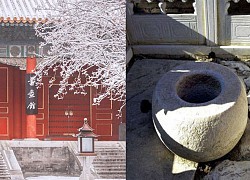 Như Ý15:45:57 06/11/2021The Forbidden City is a palace complex located in Dongcheng District, Beijing, China. With a total area of 720,000 square meters, the Forbidden City is the largest palace in the world. It used to be the imperial palace, the center of the city, the residence of the emperor and...
Như Ý15:45:57 06/11/2021The Forbidden City is a palace complex located in Dongcheng District, Beijing, China. With a total area of 720,000 square meters, the Forbidden City is the largest palace in the world. It used to be the imperial palace, the center of the city, the residence of the emperor and...

1 | 0 Discuss | Share
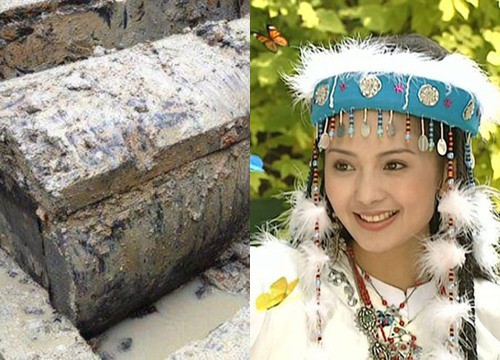
4 | 0 Discuss | Share

2 | 0 Discuss | Share
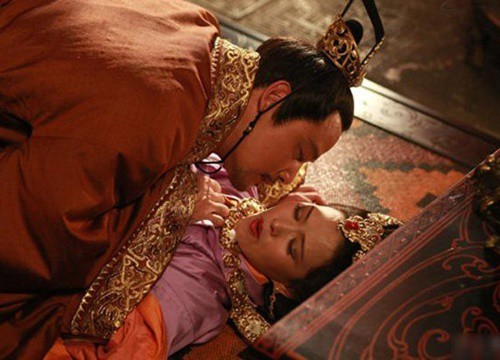
5 | 0 Discuss | Share

4 | 0 Discuss | Share

1 | 0 Discuss | Share
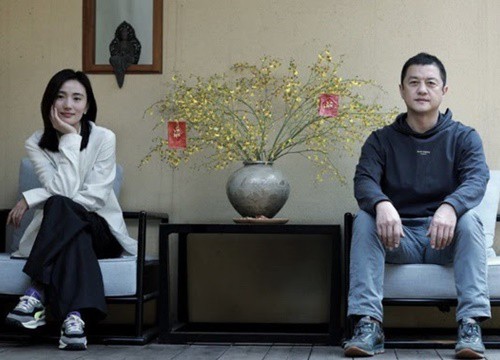
4 | 0 Discuss | Share

2 | 0 Discuss | Share

5 | 0 Discuss | Share

2 | 0 Discuss | Share

1 | 0 Discuss | Share
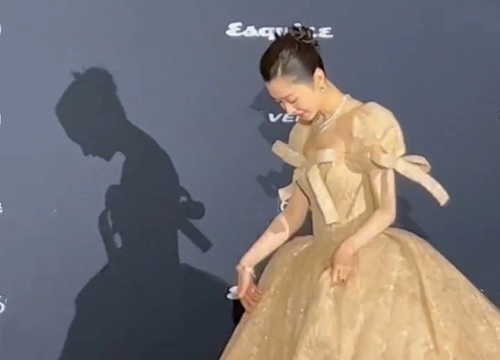
3 | 0 Discuss | Share










1 | 0 Discuss | Report